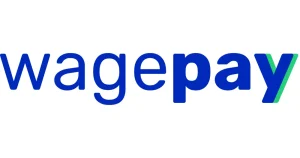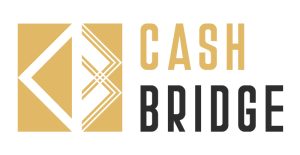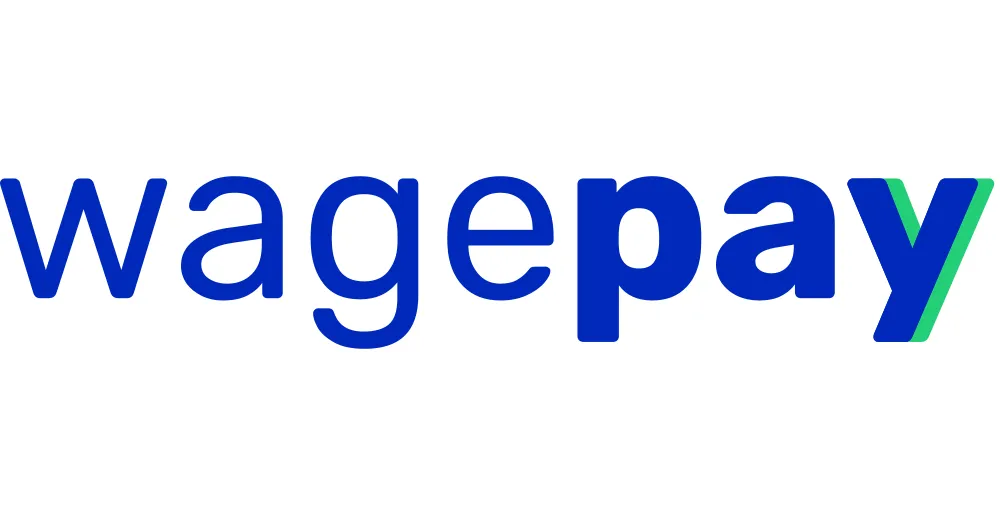Home > Small Loans > Wagepay
Wagepay Review
Learn more about Wagepay's financial solutions, including their costs and terms, with Savvy today.
Author
Savvy Editorial TeamFact checked
Wagepay is an online wage advance provider, offering users access to a portion of their income before they receive their payslip. Before you consider using its services, it’s essential to understand how their product works, as well as the associated costs and terms. That’s where Savvy can lend a hand. Find out all you need to know about borrowing through Wagepay in our comprehensive review, as well as what your alternative options may be, today.
Rates and product information are correct as of 13 February, 2024.

How do Wagepay's wage advances work?
With Wagepay, as a pay advance service, users have the opportunity to access up to 25% of their regular wage before they receive their payslip, up to a maximum of $2,500. Once funds are received, repayment can be made either via direct debit from the next payslip or through a debit card payment before the scheduled date, settling the advanced amount plus a fee.
Regarding its functionality, Wagepay operates through an app. To utilise its wage advance service, individuals must be 18 years old, employed and receiving a consistent income of at least $500 per week, as well as having enough income each pay cycle to repay your advance and boasting a good banking history. There are no limitations on the number of advances that can be requested within a pay cycle, provided they do not exceed 25% of the total pay.
What will the cost of a wage advance through Wagepay be?
The only charges associated with Wagepay's wage advance service is a flat fee of 5% on the advanced amount and 24% p.a. interest. For example, if you request an advance of $500, you would incur a total cost of $27.30 if this was repaid after one week. Wagepay does not impose any additional fees or interest, including for direct debits or missed or failed payments.
Can I qualify for an advance with Wagepay if I have bad credit or receive Centrelink payments?
Wagepay operates as a wage advance service and doesn't conduct credit checks, which means having a poor credit score won't necessarily prevent you from accessing funds. However, they do assess your recent payment history, so if you've had issues with payments to other companies in the recent past, your application might be declined.
Furthermore, if you receive Centrelink benefits, you may still be eligible for an advance, but only based on your employment income. This means that while Centrelink payments can supplement your overall income, Wagepay's criteria for advancing funds focus on your earnings from employment. Therefore, individuals who solely rely on government payments, like unemployed single mothers or recipients of veteran payments or age pensions, won’t meet the eligibility requirements for funding.
What are the pros and cons of wage advances with Wagepay?
Pros:
- Quick access to funds: Wagepay allows you to access a portion of your earned income before your payday, providing immediate financial assistance in emergencies or unexpected situations.
- Simple application process: applying for a wage advance is straightforward, with an online or mobile app application process that eliminates the need for extensive paperwork, making it convenient for users.
- No credit checks: with Wagepay, there's no need for credit checks, enabling individuals with poor or no credit history to access funds based on their employment and income status.
Cons:
- Fees and interest: while Wagepay offers an accessible way to access funds early, it comes with fees and interest that can accumulate over time, particularly if used frequently.
- Limited borrowing amount: Wagepay restricts the amount you can access to 25% of your income, up to a maximum of $2,500, which may be lower than what's available through other lending options.
- Repayment timing: these advances are designed to be repaid from your next payslip, which may result in a shorter repayment period compared to traditional loans, potentially impacting your budget.
What are the potential alternatives to an advance with Wagepay?
As an alternative to a wage advance through Wagepay, you can apply for a small loan through Savvy. Through our simple online process and trusted lending partners, we can help facilitate the swift acquisition of the funds you need.
Here's the straightforward process of applying for a small loan through Savvy:
- Complete our application form, providing pertinent information such as your credit score, income, employment details, and preferred loan amount, which ranges from $2,050 to $5,000.
- Submit your application and promptly receive an instant automated decision from one of our partnered lenders.
- Upon conditional approval, your application will undergo assessment by your designated lender, which may necessitate additional documentation.
- Following lender approval, you'll be furnished with formal approval and loan documents delineating your loan terms, fees, repayment schedule, and other pertinent details.
- Upon signing and returning the documents, your funds will be swiftly transferred to your designated bank account, which can happen as soon as the same day you apply.
More small loan reviews
Helpful small loan guides
Apply for a small loan through Savvy today
Disclaimer:
The information on this website is of general nature and does not take into consideration your objectives, financial situation or needs.
For loans between $2,050 and $5,000, the APR is between 21.24% (minimum) and 48% (maximum) per annum. Comparison rate of 65.4962%. Minimum term is 16 days and maximum term is 24 months. The cost of the loan is a $400 establishment fee and monthly interest charged on the amount borrowed. For example, a loan of $3,000 over 3 months with an APR of 48%, (comparison rate of 65.4962%), will have an establishment fee of $400, monthly repayments of $1,225.20. Total repayments of $3,675.60 and total interest payment of $275.60.
Warning: A comparison rate indicates the true cost of a loan. Comparison rates are true only for the examples provided and may not include all fees and charges. Different terms, fees or loan amounts might result in a different comparison rate.



















